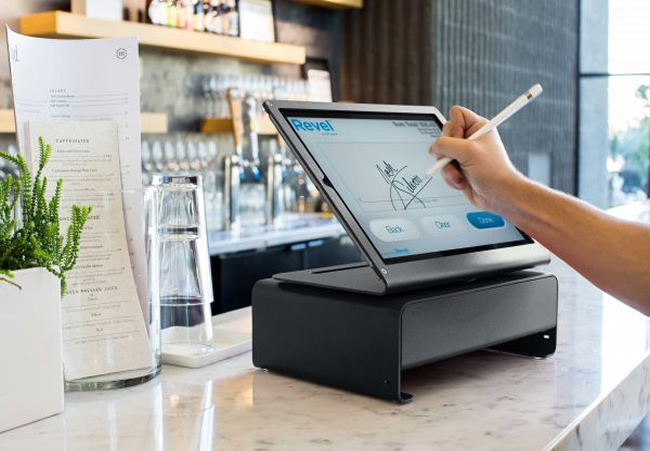
When it comes to tracking sales and inventory, there are simply no substitutes for accuracy, usability or quality reporting. This indigenous sales and inventory software, boast a well-developed and easy to use invoicing system, product management, stock control and report generation, tracks sales & Expenses, Daily, Weekly, & Monthly reports of sales and transactions, Product Expiry notifications, Stock diminishing notifications and Online synchronization. This solution has also been designed to run offline perfectly.
Some of our clients include: NAMTEX OIL AND GAS, ALICO COMPANY LIMITED, MAGNIFIENT COPERATIVE etc Details of our solution are below:
Benefits of the solution
The objective of this project is to develop a sale and inventory management system for your business
- To ensure efficient and timely identification of vital corporate assets.
- To provide inventory system access to all necessary personnel.
- To provide a full range of report that will satisfy information requirements.
- To reduce the labour of inventory management, centralize control and automation.
- Develop an automated system that will be able to record, store and generate reports of inventory useful to management in decision making.
Our Product Contents:
Privileges:
This is of two kinds; front-end user and the administrator (otherwise called back-end user).
Product manager:
This contains;
- Product category: where new product can be added and categorized along side.
- Product master: where products are added with descriptions.
- Product unit: where a unit of a new product is described and added.
- Product rate: this is where every product is given a unit price tag and a rate type is described.
User /Admin Manager:
This also contains;
- Add user: where new user accounts are created
- Delete user: where user account can be removed or deleted if he/she is no more a staff.
- Update: Update user’s account, if there changes.
- All users: all front-end user accounts are viewed.
Point of sales (POS):
The point of sale (POS) clearly defines the job of the front-end user. Where transactions are made between the front-user and the customer. After which an invoice is generated for the customer.
Customer information:
This contains;
- Customer details: where every all customer details are displayed for celerity and verification purposes.
- Debtors: these are customers information that are owing the company with all major fields like customer’s invoice details,
Stock manager:
This contains;
- Add stock: where new stocks can be added with other descriptions.
- Manage stocks: where existing stocks can be edited and updated.
- View stock history: where are stocks are displayed in a concise form.
Expenditure:
This contains;
- Expenses type: where new expenses category with description can added to match the customer’s type of business.
- Expenditure master: where expenses of all sort are recorded.
Report generator:
This contains;
- Sales report and printing
- Stock report and printing
- Expenditure report: where any report type (eg daily report) and a period can be selected to be displayed or printed.
- Audit trail: records all daily transactions.
Notifications:
This contains;
- Expiring product setting: where user sets when he/she wants to start receiving product notification.(eg 10 days )
- Re-stock notification setting: where a user can set the number of a particular product that will remain before receiving a re-stock notification.